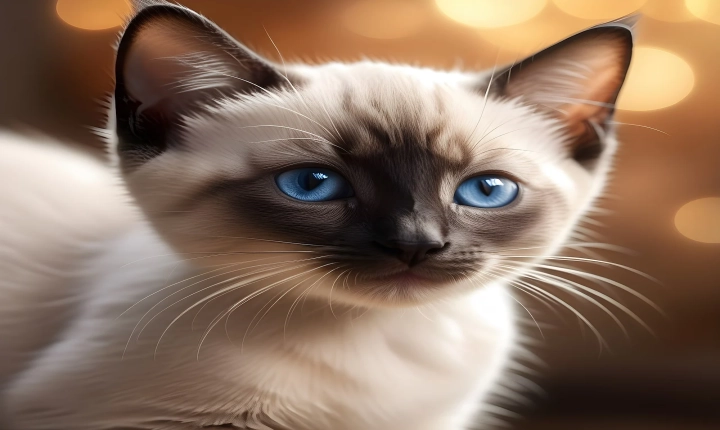If you’re a fan of AI-generated content, you’ve probably heard of ChatGPT, a powerful language model that can generate human-like text in response to prompts. But did you know that it’s also possible to make ChatGPT create images? With the right tools and techniques, you can harness the creative abilities of GPT-3 to generate stunning visual art.
1. Use OpenAI’s DALL·E
OpenAI’s DALL·E is a groundbreaking AI model that can generate images from textual descriptions. By combining the capabilities of ChatGPT and DALL·E, you can prompt ChatGPT to describe the images you want to create, and then use DALL·E to bring those descriptions to life.
For example, you could prompt ChatGPT with a description like “a surreal landscape with towering mountains and a shimmering, alien sky,” and then use DALL·E to generate an image based on that description. This powerful combination of AI models can be used to create a wide range of visually stunning artwork.
2. Leverage Image-Generating GANs
Another approach to making ChatGPT create images is to leverage Generative Adversarial Networks (GANs), a type of AI model that can generate realistic images from random noise. By prompting ChatGPT to provide a textual description of the image you want to create, you can then use a GAN to translate that description into a visually compelling image.
For example, if you want ChatGPT to create an image of a futuristic cityscape with flying cars and neon lights, you can prompt ChatGPT with that description and then use a GAN to generate the corresponding image. This approach allows for a high degree of flexibility and creativity in image generation.
3. Experiment with Style Transfer
Style transfer is a technique that allows you to apply the artistic style of one image to another. By combining ChatGPT with a style transfer algorithm, you can prompt ChatGPT to describe the desired style of the image you want to create, and then use the style transfer algorithm to apply that style to a base image.
For example, you could prompt ChatGPT to describe the style of a famous artist like Vincent van Gogh or Pablo Picasso, and then use a style transfer algorithm to apply that artistic style to a base image. This can result in striking visual artwork that combines the creativity of ChatGPT with the artistic sensibilities of iconic painters.
4. Explore Data Visualization
ChatGPT can also be used to create images for data visualization purposes. By prompting ChatGPT with a description of the data you want to visualize, you can use its natural language processing capabilities to generate a textual description of the desired visualization. You can then use this description to create a visual representation of the data using tools like matplotlib or seaborn in Python.
For instance, if you want to visualize the growth of a company’s sales over time, you can prompt ChatGPT with a description of the desired visualization (e.g., a line graph showing sales figures over the past five years), and then use a data visualization tool to create the corresponding visualization. This approach can help you create clear and compelling visual representations of complex data sets.
In conclusion, leveraging the creative abilities of ChatGPT to generate images can lead to truly impressive and unique visual artwork. Whether you’re interested in creating imaginative landscapes, generating realistic images, applying artistic styles, or visualizing data, there are numerous ways to make ChatGPT create images that captivate and inspire. By combining ChatGPT with cutting-edge AI models and visualization techniques, you can unlock a world of artistic possibilities and explore the endless creative potential of AI-generated imagery.
